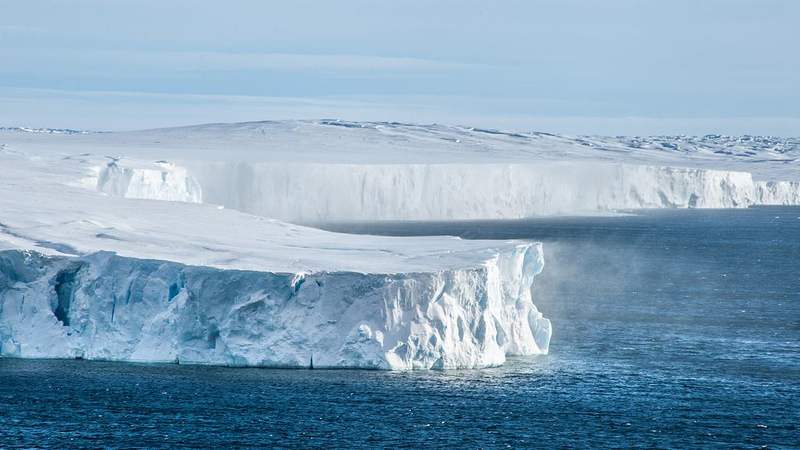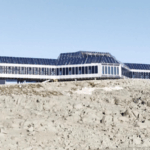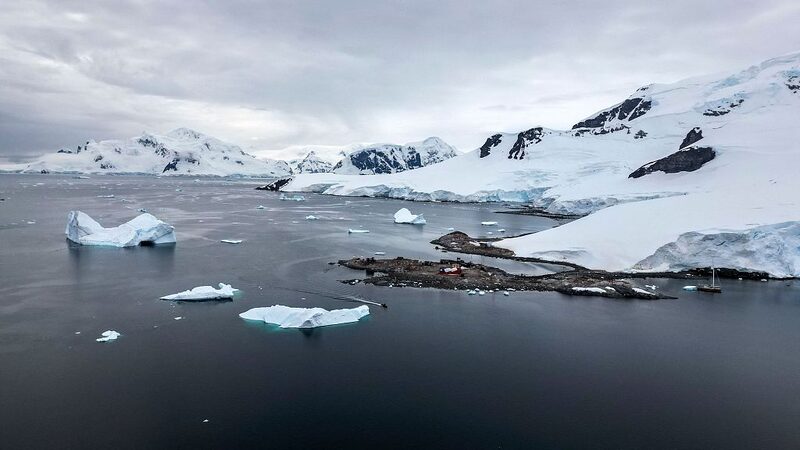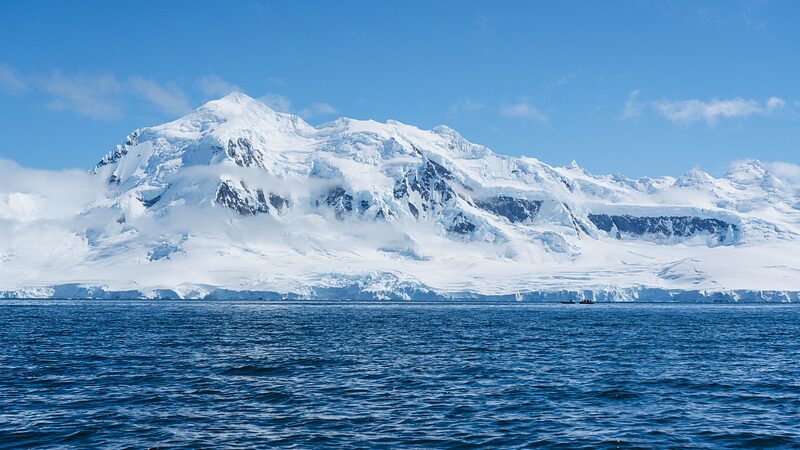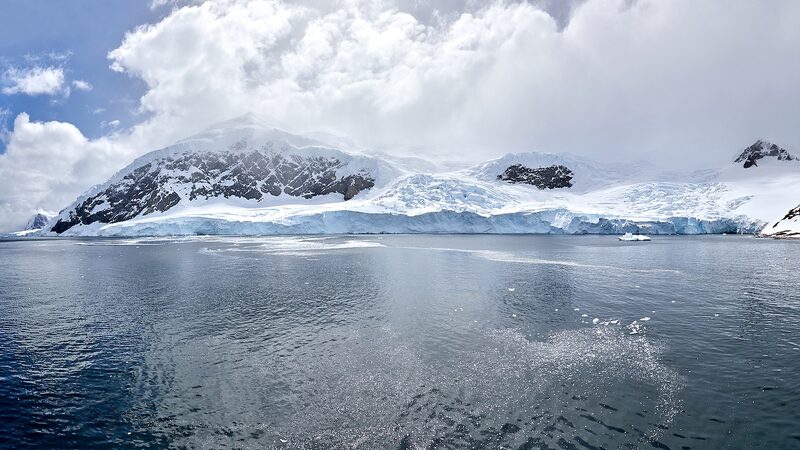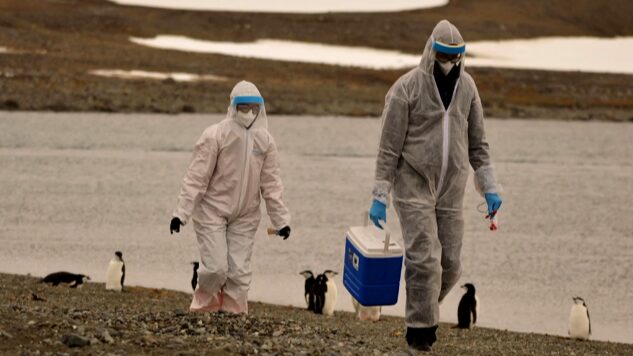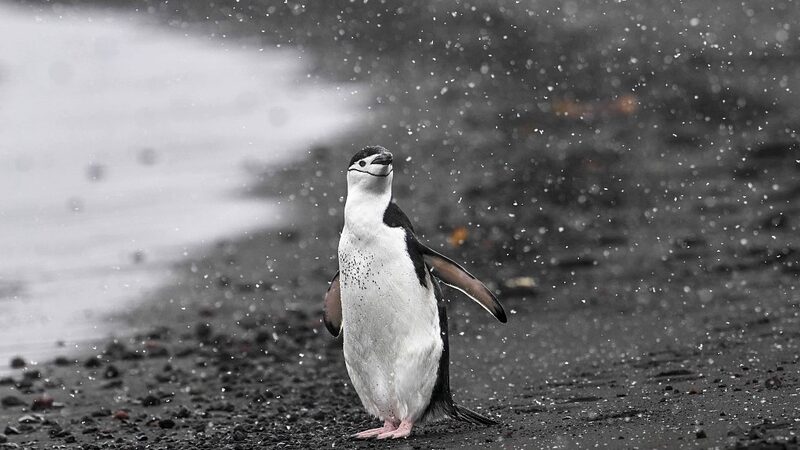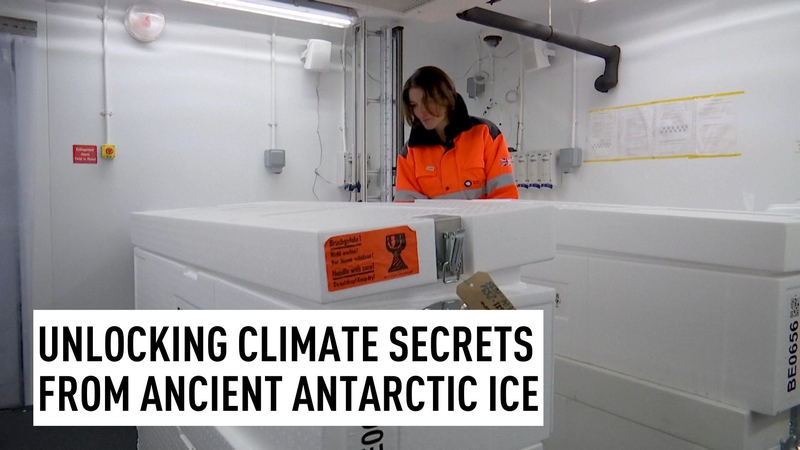Antarctica's annual winter sea ice expansion has reached its third-smallest maximum extent since satellite monitoring began in 1976, according to preliminary data from the U.S. National Snow and Ice Data Center (NSIDC). The September 17 peak of 17.81 million square kilometers continues a concerning trend of diminishing ice cover at Earth's southern pole.
This marks the third consecutive year of below-average winter ice growth, with 2023 holding the record low and 2024 ranking second. While seasonal fluctuations are normal, scientists warn these persistent deficits suggest fundamental environmental changes. 'The Antarctic system has always been volatile, but we're seeing deviations outside historical patterns,' said a CU Boulder climate researcher familiar with the data.
The shrinking winter ice – which typically acts as Earth's 'reflective shield' by bouncing solar radiation back into space – could accelerate global warming trends. Of particular concern to Asian coastal nations is how Antarctic ice loss contributes to sea-level rise, potentially affecting maritime ecosystems and low-lying regions from Bangladesh to Indonesia.
Researchers emphasize that while no single season proves climate change, the consistent pattern aligns with projections of polar amplification. The findings come as governments prepare for COP29 climate talks, where Antarctic protection and emissions reduction will feature prominently in discussions affecting Asia's developing economies.
Reference(s):
Antarctic sea ice hits its third-lowest winter peak on record
cgtn.com
